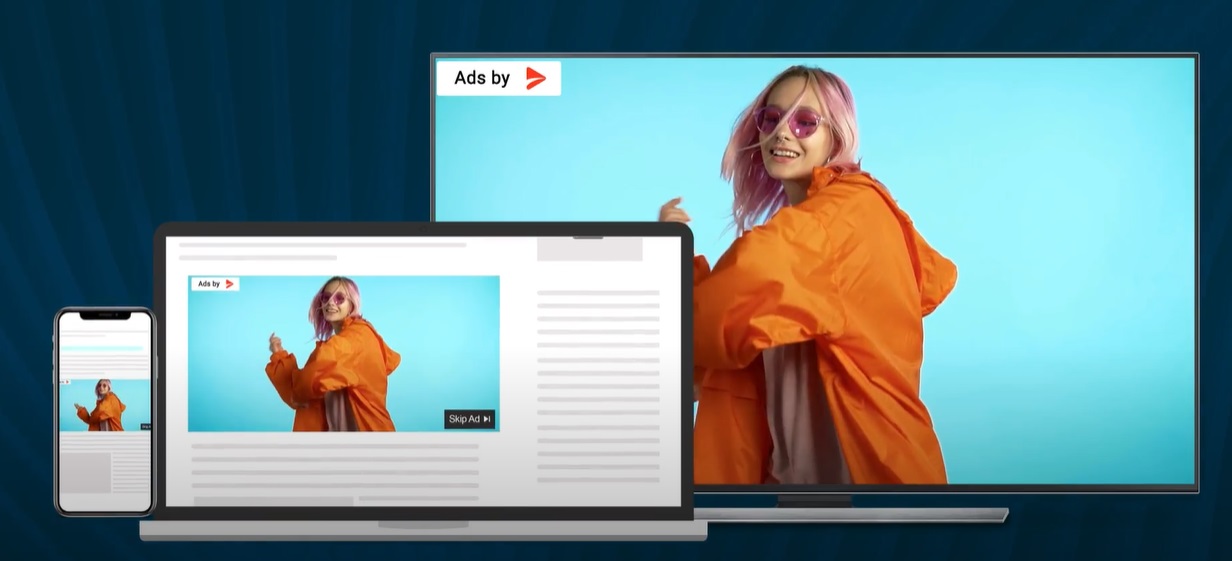
Programmatic Advertising: Choosing the Right Method for Your Brand
Table of Contents
In traditional ad buying, advertisers must manually negotiate bids, request quotes, and prepare insertion orders. This can easily eat into the time and effort that could have been spent on important things like optimizing and improving ads. What’s more, is that it leaves no room for brands and agencies to measure their Return on Investment (ROI). In comes ‘Programmatic Advertising’.
First things first, what is programmatic advertising? Simply put, it is an automated process that enables advertisers (brands/agencies) to conveniently buy and sell ad inventory in real-time, using an automated bidding platform.
Different Types of Programmatic Advertising
Advertisers can choose from four different programmatic advertising deals, each with their own set of pros and cons.
- Real-Time Bidding (RTB)
Also known as an open marketplace or open auction, RTB is the selling and purchasing of digital ad space through real-time auctions.
Pros: Advertisers can skip the labor-intensive process of negotiating prices with ad networks or publishers. Moreover, they can monitor ad performance through a dashboard interface which enables them to gauge whether their delivery strategy is effective or if it needs revising.
Cons: Advertisers are not aware of the exact publisher website their ads will be displayed. They only have a general idea of the publisher’s industry or category.
- Programmatic Private Marketplace (PMP)
Private Marketplace functions similarly to RTB, however, it operates on an invite-only basis and is exclusive to selected advertisers.
Pros: Advertisers know the exact location where their ads will be displayed. They’ll also receive detailed insights directly from the publishers. This enables them to make more informed decisions on aspects like ad placement and formatting.
Cons: PMP inventory may be more expensive compared to those secured from an open marketplace.
- Preferred Deals
Pros: Also known as spot buying, preferred deals enable advertisers to purchase ad slots at a fixed price before it’s even put up for auction on private and open marketplaces.
Cons: Involves an extensive negotiation process between interested buyers and publishers. The back-and-forth exchange may take anywhere from a few weeks to months.
- Programmatic Guaranteed
Also referred to as programmatic direct or automated guaranteed, this method takes after the traditional ad buying process where advertisers directly negotiate terms and purchase inventory from the publisher.
Pros: Provides more transparency as advertisers know exactly who they’re buying inventory from. This diminishes concerns over brand safety and risks of fraudulent activities.
Cons: This may be more accessible for large companies with enough funds to buy inventory from reputable publishers. Smaller brands may have a difficult time finding a partner who is willing to sell their inventory at an affordable price.
Mitigating the Risks of Ad Fraud
In 2019 alone, brands and agencies around the world have seen a $42 billion loss in ad budgets due to fraudulent activities committed via the website and in-app advertising. This has led to an increase in advertisers withdrawing their budget from the open marketplace.
Fortunately, advertisers can avoid this dilemma through PMPs. While ad space from a private marketplace can be slightly more expensive, you will have access to premium inventory from reputable publishers. Moreover, you’ll have full transparency as to where your ads will be displayed, thus increasing brand safety and significantly reducing the instances of fraud.
Reach the Right Audience with a Trusted PMP
Aniview hosts a video ad marketplace where advertisers will have access to a vast supply of premium ad inventory from vetted publishers around the world.
Schedule an appointment today by filling out our online form.


